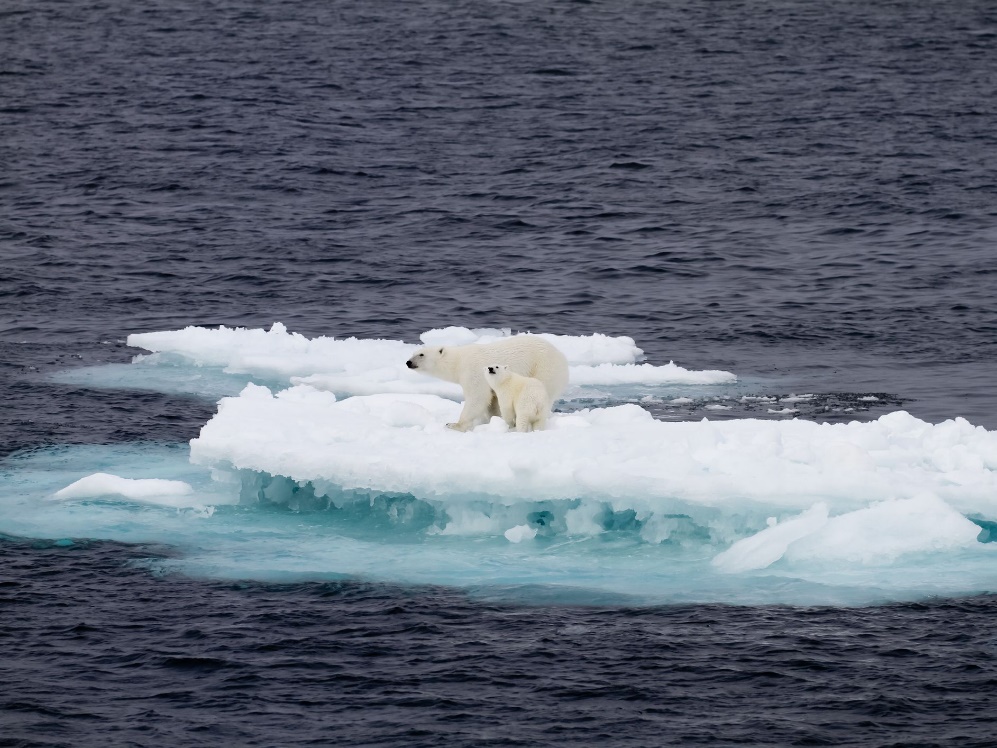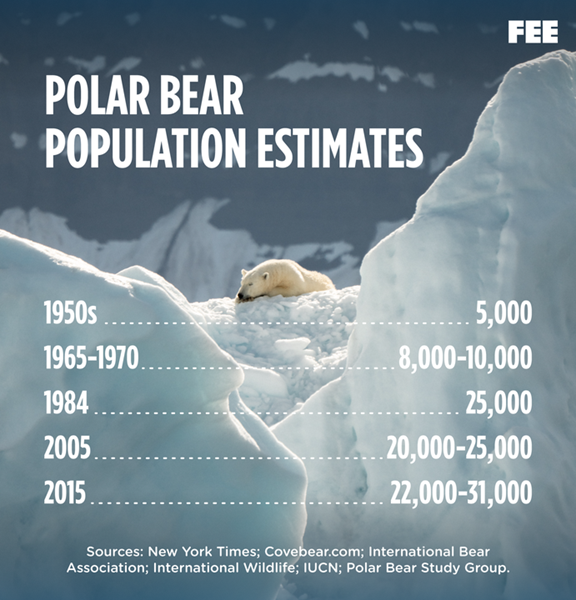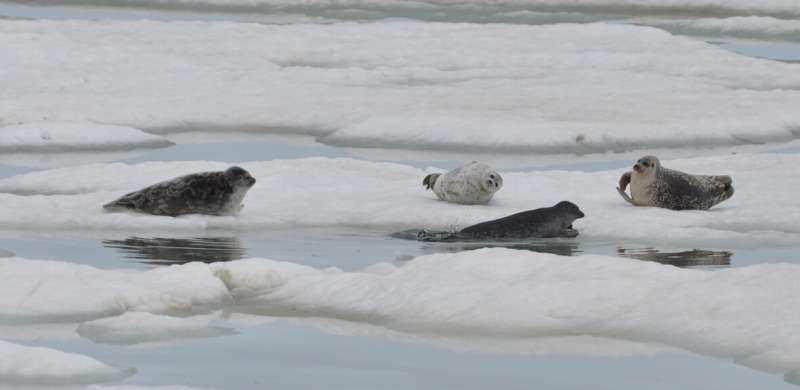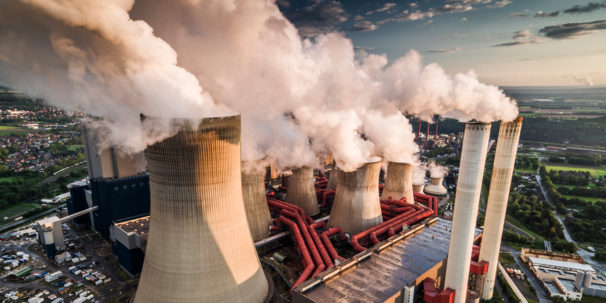In the recent past, temperatures and weather patterns have drastically changed. Initially, these changes were natural, but human activities have become the leading cause of late. The continuous burning of fossil fuels greatly contributes to the production of greenhouse gases which causes global warming. Climate change is not only a threat to human and animal life but also to plants. Measures have continuously been put in place to mitigate this menace from getting rid of living organisms from the earth’s surface. This paper delves into the effects of climate change on different regions of the earth and the preventive measures to put in place to mitigate its adverse effects. Global climate change has led to major problems in the North and South Pole ecosystems, with many animals losing their homes and even becoming endangered. To change this situation, starting by protecting the environment and reducing greenhouse gas emissions is significant.
Climate change has affected many parts of the world, with its effects varying in degree extremity. The continuous production of greenhouse gases, which traps the heat from the earth’s surface, has led to a rise in temperature, which is now a global crisis. The effect of the constantly rising temperature is witnessed in the melting of the glaciers, a process referred to as glaciation, and the polar icecaps. The glaciers in the Himalayas are fast melting; researchers are predicting that by 2035, they will be no more. Arctic sea ice has gradually reduced in thickness, up to 10% in the last three decades, and the process is still happening. According to the NASA team’s report, Greenland’s ice sheet is shrinking (Singh and Mehrotra, 2021). Generally, glaciers and sea ice are gradually melting and disappearing from the surface across the globe.
The molten ice flows to water bodies, thus raising the sea levels. Land masses are sinking, and the waters are encroaching the coastlines. The settlements that areas that existed many years ago along the shores are no longer there; they are covered with water already. Tuvalu, a small country in the southern region of the Pacific, has developed evacuation plans since the land is on the verge of being covered by water and constant ocean tides. The ever-increasing volume of water has consequently led to the increasing size of water bodies, and the land occupies. This has also led to changes in shapes due to expansion to different terrains. Apart from altering the temperatures of ocean water, molten ice has also changed the salinity levels, thus changing its components (Singh and Mehrotra, 2021). Molten ice causes a rise in sea level, alters the shape of the sea, and might also change its components due to saltwater intrusion.
The temperature and water salinity changes, based on how intense they are, might significantly impact the ocean conveyor belt. Robert Gagosian, head of Wood Oceanographic Institution, claims that oceans can have a massive effect on the climate of the globe. He argues that excessive temperature and salinity of the ocean could halt North Atlantic thermohaline circulation and thus stop the conveyor belt resulting in climate changes in a period as short as 10 years (Singh and Mehrotra, 2021). Temperature and salinity have a great significance in naturally determining climate change.
Global warming contributed to North and South Pole animals losing their habitat. These regions are greatly affected by the rise in temperature; it is twice the average experienced by other regions. Polar bears depend on the ice as their habitat, and the rise in the temperatures that cause the ice to melt poses a threat to their lives. They acquire their food by hunting other animals, such as seals, that dwell in the same habitat; if it gets ruined, they will not find any other food source to sustain themselves. Consequently, when the habitat gets destroyed, they will not have a place to breed or raise their young ones. They may start dying and hence population reduction. On the other hand, if seals, their source of food, reduce in number, the polar bears will starve and eventually die (Crockford 2018). Both polar and their prey depend on the ice for habitat; if it gets altered, the two kinds of animals will eventually lack food and die only living a few survivors that will manage to cope with the changes.

Fig. 1 above shows how the impacts of climate change on polar bears. Their habitat is completely destroyed by global warming and their source of food as well. They are left to hang helplessly on the remaining ice block, partially submerged in water. However, their number seems to have been rising regardless of the adverse effects of climate change. An estimated figure taken in 1950 of about 5000 polar bears rose to about 22000-31000 in 2016, as shown in Table 1 below.

Demographic changes, both environmental and episodic events, affect the ringed seals’ distribution. The environmental aspect is the gradual changes in temperature that these species have not adopted. The temperatures in their habitat are extremely cold, but they are set to rise due to global warming. On the other hand, episodic events are the alteration in the habitat; the ice melts away with ever-rising temperatures. With the occurrence of these two events, ringed seals are subjected to suffering since they do not have a reliable habitat to dwell in and, at the same time, access to food. These circumstances have forced them to shed weight and affected their reproduction capability (Ferguson, 2017). The rising temperatures expose them to stress, low ovulation and pregnancy rate, and little food. It also makes them susceptible to diseases and may die.

In Fig. 2, seal colonies are left helplessly on a thin patch of melting ice that seems to be steadily sinking. The effect of global warming is the reason for the ice to dissolve. The seals are left with no habitat, no breading place, and where to obtain food since the fish they feed on are relocating to more habitable places. The seals will finally sink and drown if the circumstance does not change; only the few that are able to withstand the harsh conditions will survive.
Chemical industries are the main source of greenhouse gas released to the environment either through their manufactured or by-products. These industries should be at the forefront in finding solutions or embracing using low-carbon energy sources or raw materials. Decarbonization of electricity is the key consideration; industries should embrace the use of wind, geothermal or hydro-generated power instead of carbon fuels. Chemical industries should handle the Carbon by-products well instead of releasing them directly into the environment. This is achievable through carbon capture and storage, which retains non-required carbon products and channel them for recycling or use in other production processes. The technique helps reduce environmental pollution and thus global warming (Griffin et al., 2017). Active engagement and commitment of chemical industries in the fight against global warming is a big stride towards achieving a carbon-free planet.

Fig. 3 above shows a factory emitting smoke directly into the atmosphere. Its combination of harmful greenhouse and other harmful gases traps the heat here and thus causes global warming. Such gases must be treated to lesser harmful products or recycled and used as raw materials in other processes such as converting ammonia gas to useful fertilizer. Industries must embrace clean sources of energy used in production and avoid the use of fossil fuels that are a source of greenhouse gases.
Since humans are to blame for the high production of greenhouse gases, they are capable of bringing of reducing or even bringing it to a stop. People can embrace low carbon living, which can significantly reduce the production of these heat-trapping gases and thus stop global warming. Some human activities are inevitable if people come together and embrace them. People with personal vehicles prefer to drive to work or go about their businesses while ignoring the harm they are causing to the environment. People should use efficient and reliable public means of transport while commuting around. This helps reduce the amount of greenhouse gases released to the environment and thus reduce the adverse harm that would have been experienced if a personal means of transport was used (Allison and Stanton, 2018). People have the responsibility of reducing carbon emissions by forfeiting the use of personal cars and commuting by public means.
In conclusion, saving the earth from global warming is not too late; it takes a personal vow and commitment to take individual action and encourage the concerted communal effort to achieve. Communities with the support of relevant authorities must join hands in establishing long-term low-carbon living techniques. People should opt to establish carbon-free policies in and around their homes. This will help to encourage the use of products that emit no greenhouse gases to the environment. This is achieved by embracing the use of renewable sources of energy in homes and shunning away from carbon fuels. Renewable energy sources are efficient and clean (Schafer et al., 2018). The relevant authorities should make a concerted effort to ensure renewable energy sources are readily available and affordable to every household. This is achievable by lowering or exempting them from tax levies. The government should also encourage the use of environmentally means of transport such as electric cars and even bicycles. They can be involved in importing and setting up necessary structures like cycling paths.
References
Allison, C. K., & Stanton, N. A. (2018). Eco-driving: The role of feedback in reducing emissions from everyday driving behaviours. Theoretical Issues in Ergonomics Science, 20(2), 85–104.
Crockford, S. J. (2019). State Of The Polar Bear Report 2018. The Global Warming Policy Foundation.
Ferguson, S. H., Young, B. G., Yurkowski, D. J., Anderson, R., Willing, C., & Nielsen, O. (2017). Demographic, ecological, and physiological responses of ringed seals to an abrupt decline in sea ice availability. PeerJ. Web.
Griffin, P. W., Hammond, G. P., & Norman, J. B. (2018). Industrial Energy Use and carbon emissions reduction in the Chemicals Sector: A UK perspective. Applied Energy, 227, 587–602.
Schäfer, M., Hielscher, S., Haas, W., Hausknost, D., Leitner, M., Kunze, I., & Mandl, S. (2018). Facilitating low-carbon living? A comparison of intervention measures in different community-based initiatives. Sustainability, 10(4), 1047.
Singh, B. R. , & Mehrotra, M. (2018). Impact On Glacier and Ice Melt in Combating Climate Change: A Study Towards Future Research. brsinghindia.